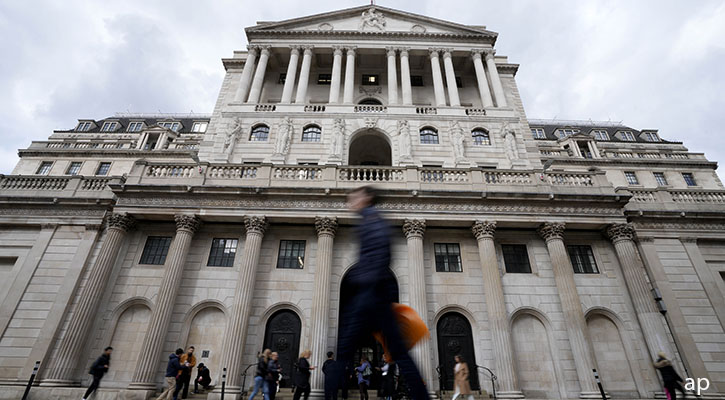
Morningstar.co.uk runs an income week every year and each time we ask the question: should investors buy bonds now?
The case for bonds as an income-producing asset has been hard to make for many years because yields have been low across the developed world (and even negative in some countries like Germany, Switzerland, and Japan).
With inflation soaring and central banks hiking rates, the narrative has changed dramatically this year. In the UK, government bond market turmoil following the Truss/Kwarteng meant yields spiked: the 30-year gilt briefly hit 5%, taking the yield back to levels before the financial crisis and the start of the low interest rate/cheap money era.
In this case yields were a distress signal as investors offloaded UK government debt – bond yields rise as prices fall. But lending to a sovereign government with a AA credit rating at 5% or nearabouts may have tempted investors to look again at UK debt.
Retail buyers have started to get back into the market, according The Debt Management Office, which sells gilts, a trend also seen by mainstream investment platforms.
Why Bonds?
As always with investing, it’s worth looking at first principles when you think about buying (or selling) an asset class.
Some questions may include: what do bonds do, what returns should I expect, am I buying for income or growth (orboth), how much volatility should I expect (more than usual), and what are the risks? Investors have a wide menu of asset classes to invest in these days, and bonds may not be the "invest and forget" option of yesteryear.
I asked Mike Coop, Morningstar Investment Management's chief investment officer for EMEA, whether bonds are more appealing since the rebound in yields. This is what he said.
The Morningstar Investment Management View
On income we see bonds being far more attractive because (1) higher yields mean more income; (2) as yields rise bonds become less sensitive to rising short rates because duration* is lower for bonds with very low yields compared to bonds with very high yields.
And (3) bonds are pricing in further increases in rates to levels that are high enough to reduce demand and put clear downward pressure on inflation; (4) inflation has been stabler and lower when governments run monetary policy with an explicit link to inflation (e.g. gold standard, Bretton Woods*, independent central banks with inflation targets) – this year central banks have re-affirmed their focus on getting inflation down even at the cost of a recession and have followed through on this rhetoric by quickly raising rates a lot.
Bonds of course are still at risk if energy prices, Covid-19 and supply chain disruptions flare up. The other wild cards are (1) government spending going up without commensurate tax rises due to infrastructure and military (2) supply of labour is too low relative to demand with Covid-19, more restrictive immigration and early retirement resulting in a smaller workforce working shorter hours and this could force up wages by enough to force companies to raise prices.
Overall, the key issue is how much and how quickly inflation might come down and the level of bond yields that give investors a positive return after inflation in the medium term.
With yields on offer now about 4% for investment grade bonds we see enough of a return to justify having them. As UK income investors also tend to be highly exposed to UK equities and equities in general, then bonds can play a much more effective role as a diversifier during a recession at current yields than when yields were much lower and hence much less scope for yields to drop.
*A new global monetary system was established at Bretton Woods in 1944 and led to the creation of the International Monetary Fund
*Duration is the sensitivity of a bond's price to changes in interest rates









.jpg)



















